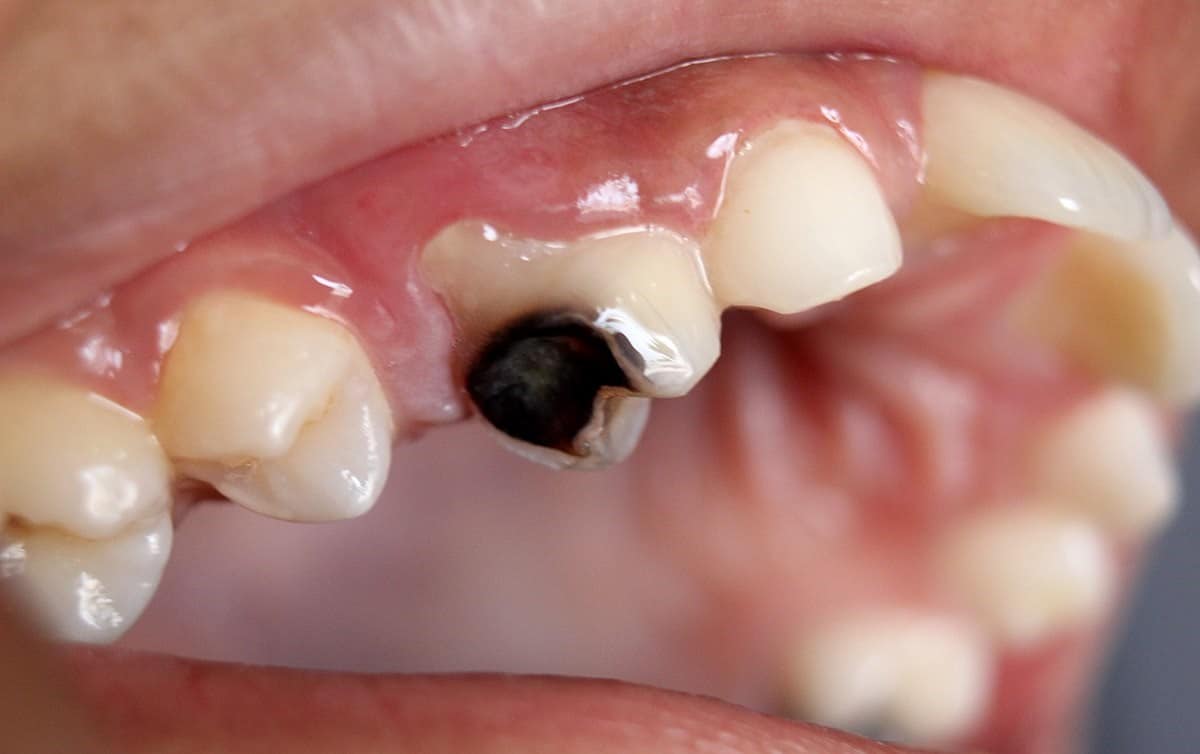Introduction to Tooth Decay and Reversal Possibilities
Hey there! Let’s talk about something that we’ve all feared at some point while biting into that oh-so-delicious, sugary treat: tooth decay. You know, that pesky problem that has us begrudgingly sitting in a dentist’s chair more often than we’d like. But here’s some news that might sweeten your day—there’s actually a chance to reverse early tooth decay and keep your smile shining bright. So grab a seat, and let’s dive into this cavity conundrum together, shall we?
Tooth decay, also known as dental caries or cavities, is kind of like that uninvited guest at a party—it shows up when you least expect it and can be a real downer. But what if I told you that you could potentially send this party crasher packing before it gets too comfortable? That’s right, the reversal of tooth decay is a thing, and we’re going to explore the ins and outs of it.
First off, imagine your teeth as these incredible, hardworking superheroes of your mouth. They’re tough, resilient, and, when taken care of, can last a lifetime. Yet, even superheroes have their kryptonite, and for teeth, that kryptonite is acid. Yes, the usual suspects like candies, sodas, and that late-night snack are the culprits behind the acid production that can lead to tooth decay. But don’t worry, it’s not all doom and gloom.
You see, your body is equipped with some pretty nifty tools to fight the early stages of decay. Saliva, for example, is like the trusty sidekick that neutralizes acids and helps repair early damage to your enamel through a process called remineralization. Enamel is the hard, protective outer layer of your teeth, and it’s super important for keeping them healthy. Remineralization is when minerals like calcium and phosphate, often with the help of fluoride, swoop in to save the day by repairing weakened enamel.
Now, let’s get one thing straight. Once a cavity has formed a hole or pit in the tooth, it’s time to call in the professionals—meaning, no amount of remineralization is going to fill that space back in. That’s why catching and addressing tooth decay early on is like scoring the best seats at a concert—absolutely crucial.
There’s this thing called the ‘white spot lesion,’ which is like the bat signal for tooth decay—it’s the first sign that enamel is starting to say, “Help me out here!” This stage is where the reversal of decay is possible, and trust me, it’s the stage you want to catch. Think of it as a tiny warning light that’s not quite a full-blown cavity, but definitely a sign that things could go south if ignored.
Now, you might be thinking, “But how do I reverse tooth decay?” Ah, I’m glad you’re curious! It’s a combination of top-notch oral hygiene, a diet that’s kind to your teeth, and the magic ingredient—fluoride. Fluoride is like the secret weapon that can help rebuild and strengthen your enamel, making it less susceptible to those pesky cavities.
Here’s the deal—improving your dental hygiene is like the most basic yet most powerful tool in your kit. We’re talking about brushing twice a day, flossing like a boss, and not skimping on that mouthwash. It’s all about keeping those acid levels in check and giving your teeth the backup they need to fight decay.
And what about diet? Well, it’s not just about cutting down on sugar—though that definitely helps. It’s also about munching on foods that are friends with your teeth—like cheese, which can actually raise the pH level in your mouth and lower the risk of decay, and crunchy veggies, which help clean your teeth while you chew. It’s like having a mini toothbrushing session with every bite!
Now, let’s chat about fluoride treatments and remineralizing agents. These are like the VIP treatments for your teeth. They can be found in toothpaste, drinking water, and professional treatments at your dentist’s office. Fluoride has this incredible ability to jumpstart the remineralization process and help protect your teeth from the acid attacks that cause decay.
If you’re past the point of no return (read: cavities have already formed), don’t beat yourself up. That’s what dental professionals are there for. Fillings, crowns, and other treatments can help restore your teeth and prevent further damage. It’s like fixing a chink in your superhero’s armor—necessary maintenance to keep them strong.
Finally, let’s not forget about those regular check-ups. Staying on top of your dental health with consistent visits to your dentist is like having a personal coach for your teeth. Your dentist can spot problems early on, provide professional cleanings to keep plaque at bay, and offer advice tailored to your unique mouth situation.
So, you see, while tooth decay might seem like an inevitable bummer, there’s actually a lot you can do to potentially reverse it and keep your pearly whites in tip-top shape. It’s all about being proactive, making smart choices, and sometimes, calling in the reinforcements when needed. With the right care, you can keep that smile of yours sparkling for years to come. Now, doesn’t that give you something to grin about?

